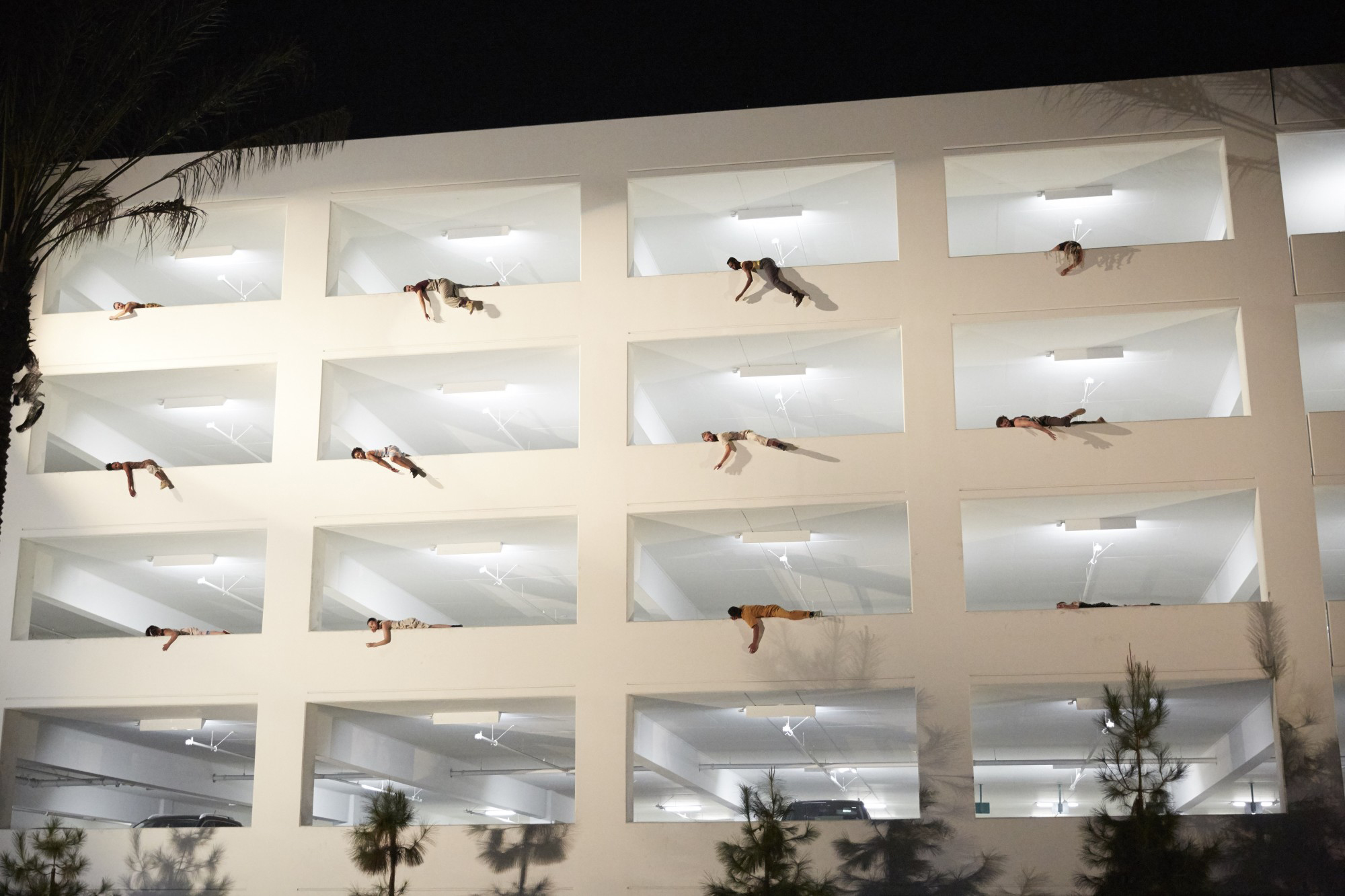How to Make a Role Your Own Without Losing the Choreographer’s Intention
There’s an inherent tension anytime a new dancer breathes life into an existing work onstage. Interpreting a role is always a push and pull, says Ronni Favors, rehearsal director for Alvin Ailey American Dance Theater, between what the performer brings and what was already there. “Alvin said, ‘I like dancers who can color movement, who […]









